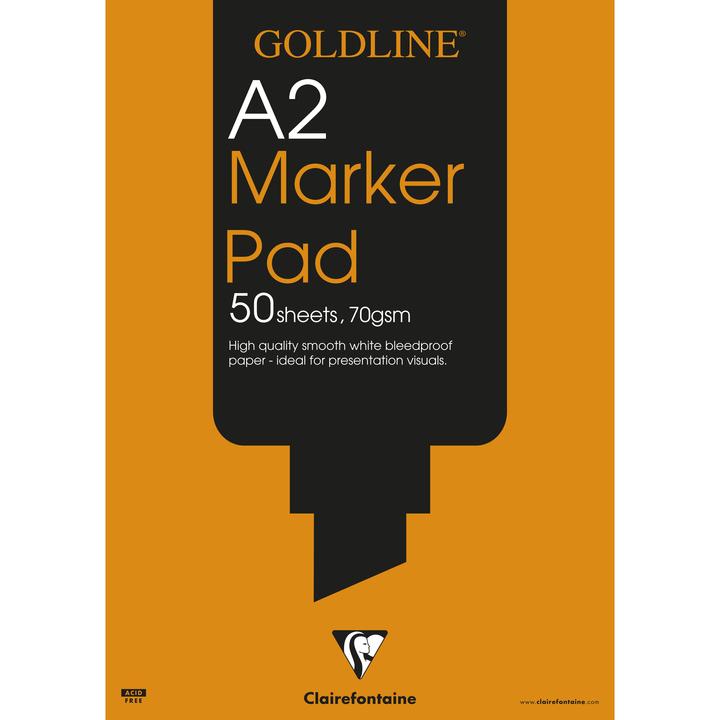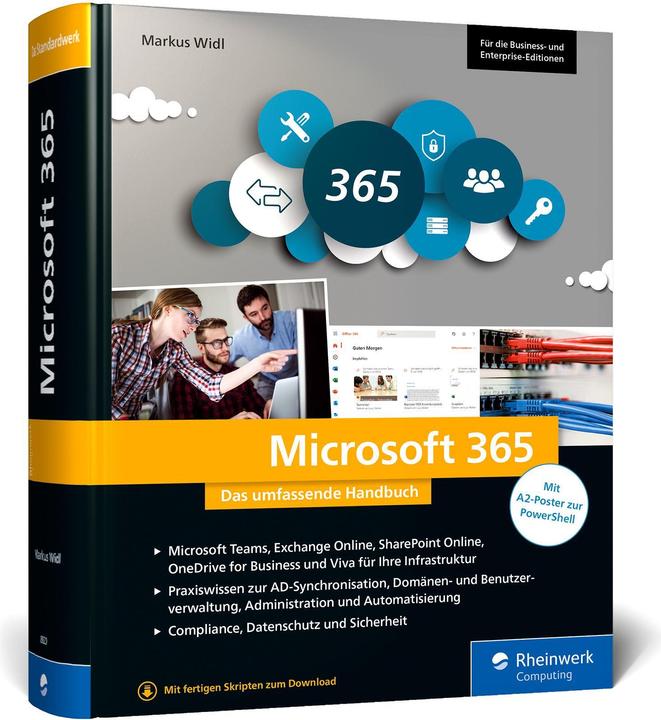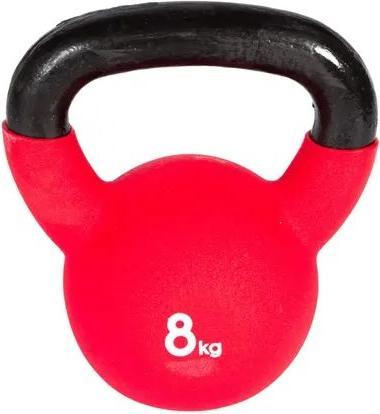
Siemens EQ700 integral TQ717D03

Exciting, but tricky: OpenAI has analysed 1.5 million real ChatGPT histories - without the explicit consent of the users. The largest study of its kind reveals surprising trends, but also raises data protection issues.
It's as if OpenAI has been listening to itself talk, so to speak: together with the US research institute NBER (National Bureau of Economic Research), researchers have analysed around 1.5 million chat histories from the consumer versions of ChatGPT.
The result is the largest study of its kind to date, and it differs from previous surveys in one respect in particular: instead of asking people what they do with ChatGPT, OpenAI, the company behind ChatGPT, looked directly into the chats.
One of the most striking findings: The initial imbalance between men and women has shifted. At the beginning of 2024, only 37 per cent of the users recorded had typical female names. By mid-2025, it was already a narrow majority of 52 per cent. In other words: ChatGPT is no longer a men's toy, but now corresponds to the proportions in the population.
A clear pattern also emerges in terms of age: almost half of all messages come from people under the age of 26. They use ChatGPT a lot, but more for private purposes. Older people write less, but more often for professional purposes.
A lot is also happening geographically. Although the study does not name individual countries, it shows that usage is growing particularly strongly in poorer and middle-income regions - up to four times faster than in rich countries. OpenAI speaks of a «democratisation» of technology. Sounds big, but in essence it means that more and more people around the world are discovering ChatGPT as an everyday tool.
The study makes it pretty clear: most conversations actually have nothing to do with work.
Around 70 per cent of chats are instead private - be it for tips, information, how-to's, cooking instructions or simply a bit of creative experimentation and idea juggling. Only around 30 per cent of requests are related to work, and even then the users mostly want to have writing tasks such as emails or concepts solved. Contrary to the hype, programming only plays a minor role: only 4.2 per cent of all messages relate to coding and data analyses.
The idea that chatbots are used en masse for therapeutic chats or as virtual friends is obviously not true either: only 2.4 per cent of all chats are about personal topics, relationships or role-playing games.
Is this the price to pay for better insights into the use of AI? Or is OpenAI crossing a line here that many were not even aware of? Probably both. On the one hand, the study provides valuable insights that no survey could have delivered so precisely. On the other hand, it also shows how little control we ultimately have over what happens to our data - even if we only type harmless questions into a chat window.
The entire study (64 pages) can be found here.
I write about technology as if it were cinema, and about films as if they were real life. Between bits and blockbusters, I’m after stories that move people, not just generate clicks. And yes – sometimes I listen to film scores louder than I probably should.
From the latest iPhone to the return of 80s fashion. The editorial team will help you make sense of it all.
Show allSo far, so exciting. But this is exactly where it gets tricky. This is because all of these findings are based on millions of real chats, without the users being explicitly asked whether they want to give up their conversations for research purposes. OpenAI emphasises that nobody read the messages, but that automated systems (ChatGPT?) merely recognised patterns. Nevertheless, a stale aftertaste remains: we are talking about very personal conversations that have become data points without being asked.

Siemens EQ700 integral TQ717D03
20 products are on offer, but who will buy them at the lowest price? Only the first to bid will win.



















